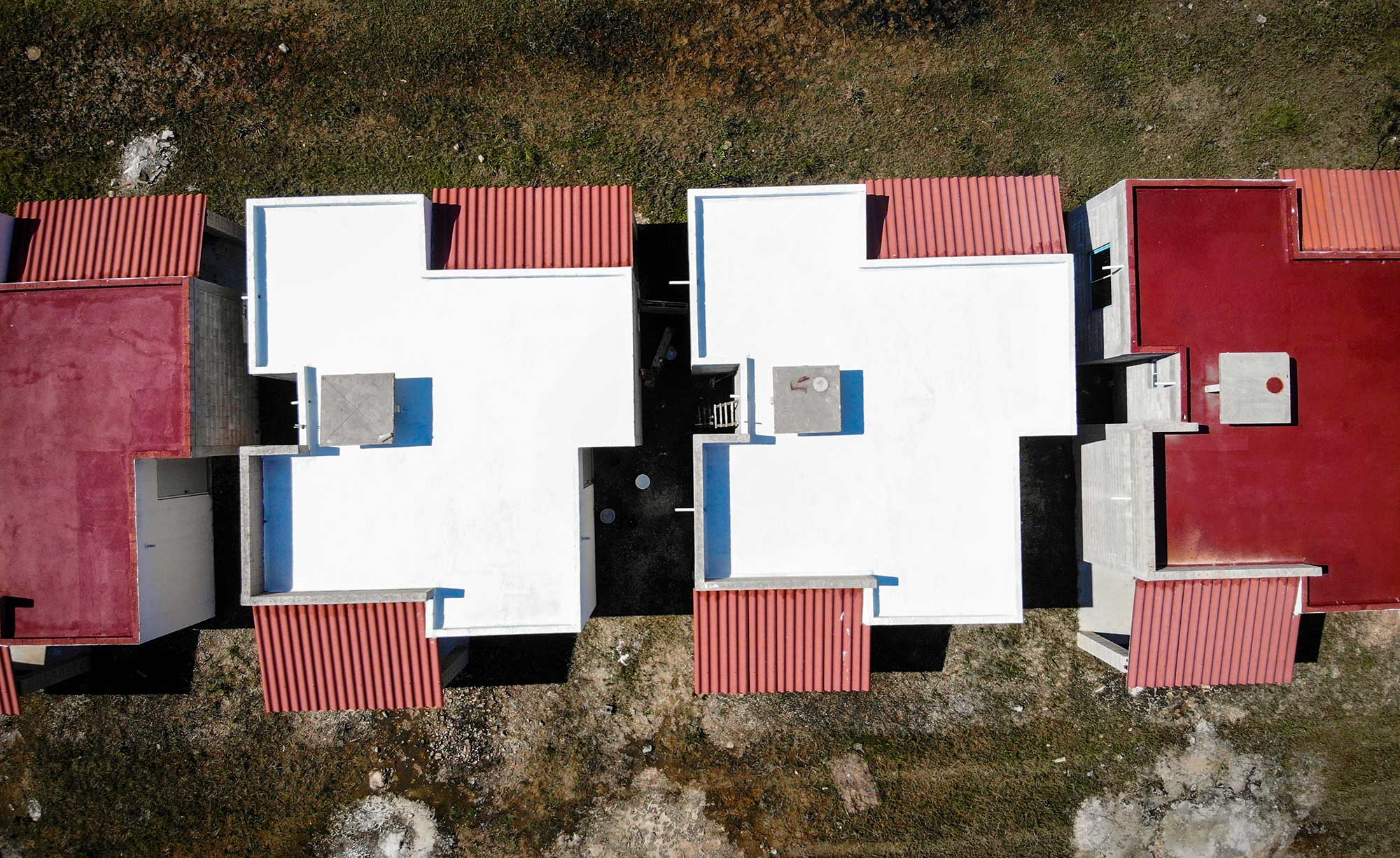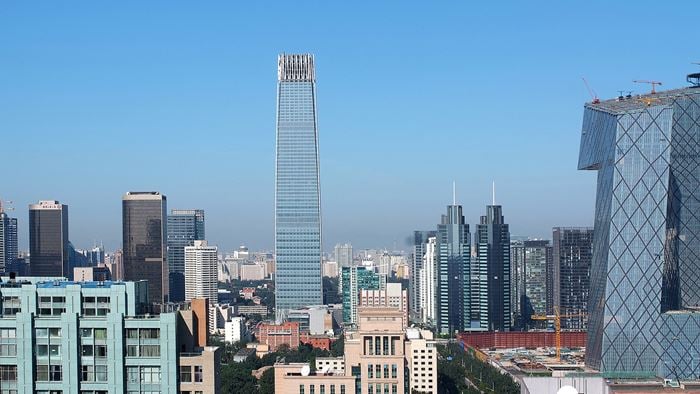Heat stress threatens the health and wellbeing of communities around the world and the poorest members of society are the most vulnerable. Prolonged exposure to high temperatures leads to adverse health outcomes like increased rates of heart and lung illness, as well as negative social consequences like lower productivity at work or school. Climate change will only make matters worse.
To address the effects of heat stress, Arup led a collaboration with two housing non-profits operating in Mexico: Échale and New Story. The non-profits, who between them have constructed tens of thousands of homes for low-income families, often hear from community members before each new project that the temperature inside their homes is too high. One community survey conducted by New Story found that 90% of families described their home as too hot and 93% of respondents said high temperatures caused difficulties sleeping. Our project aims to improve health outcomes for low-income communities facing heat stress by catalysing systemic change to increase access to effective, sustainable passive cooling strategies. The project team won a $125,000 grant through the Million Cool Roofs Challenge, a global competition to accelerate access to affordable and sustainable cooling for countries suffering from heat stress. This project was also awarded $330,000 in funding through the Arup Community Engagement Global Challenge.
Project Summary
4,500 homes by the end of 2022
20public and private organisations in collaboration
Researching effective solutions
Before beginning the project, we wanted to understand whether cool roofs were the most appropriate intervention in the local context. A cool roof is a roof painted with a reflective white paint which reduces the amount of heat absorbed from the sun and emits heat that is inside the building. Arup performed a series of technical studies to compare the effectiveness of different passive strategies on single-story homes in the seven climate zones of Mexico. In every location, cool roofs were the single most effective intervention, and they were even more effective when used in combination with external blinds to block the sun and larger windows to improve natural ventilation. We carried out a series of field measurements that validated these conclusions.
A sustainable, scalable model
To catalyse systemic change, Arup identified funding pathways to make large-scale uptake of cool roofs viable, and we built a support network of local partners across the public and private sectors.
Since some cool roof products are certified waterproof, we recognized that new construction could use dual-purpose products to install a cool roof without changing the budget or construction plan. Échale will adopt this strategy for all future construction, and they plan to switch to a product that will cost less both upfront and over the lifetime of the home. The impact by the end of next year will be substantial: 4,500 homes, 18,500 beneficiaries, and over 140,000 m2 of roof area covered.
For existing buildings, where materials and labor are additional costs, Arup engaged a more creative approach. For historical reasons, it is common in Mexico for low-income families to own land, and many will build or improve their homes when they can afford to. Recognizing this, the federal government has adopted strategies to support housing development through self-construction. To achieve project sustainability and to support this construction mode, we produced collateral for homeowners describing the benefits of cool roofs and explaining how to install and maintain them. The information was distributed through the federal government’s “Decide y Construye (Decide and Build)” online platform, which supports self-constructors with videos and infographics demonstrating best-practice construction techniques.
We also partnered with Cemex to distribute debit cards directly to 27 families in Totolapan, Morelos, and our team supported the families with information and trainings. The prepaid cards can be spent at local stores on cool roof materials and tools. By enabling families to install cool roofs themselves, we could minimize costs and keep money circulating locally. This pilot demonstrates a pathway for funders without experience in the built environment, like financial institutions, to support self-construction of cool roof retrofits.
“Seeing the potential of reflective surfaces to cool buildings, we imagined where they could make the biggest impacts, and we demonstrated these benefits through our research. Arup is proud to be collaborating with non-profits Échale and New Story to accomplish the project goals. ”
Graham Dodd Director
A growing network for knowledge sharing
Arup’s goal was to develop a network of local partners from the public and private sectors — informed stakeholders who are empowered to implement (or support the implementation of) cool roofs and who have strong connections to our target communities. We wanted to influence long-term policy decisions to achieve impact beyond the end of our project.
We identified institutions for priority outreach, including non-profits, government housing agencies, developers, academia, and retailers. Our partnership strategy was very flexible: partners would identify viable projects, and we would support them with free technical advice and recommendations for policy or implementation. The network now includes 20 partners — some are engaged in construction pilots, others in knowledge sharing collaborations, and others in policy reviews.
Throughout the project, we’ve sought to share what we’ve learned freely with anyone who could benefit. In addition to distributing our technical reports and case studies with all prospective partners, we are developing a practical cool roofs implementation toolkit to support individuals and organisations. The toolkit complements existing free resources from the Global Cool Cities Alliance, focuses specifically on Mexico and the region. It will hosts our research about cool roofs – including literature reviews, desktop studies, field measurements, and community surveys – with information about cost, local availability, and installation and maintenance techniques.
 ;
;







